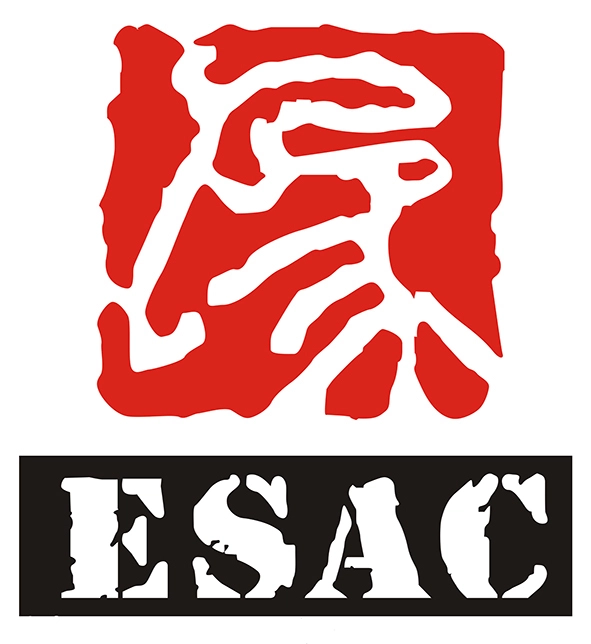5,000+ Entertainment Design Cases, 20+ years Amusement Industry Experience - ESAC Design Sales@esacart.com+086-18024817006
How Fun Park Design Can Improve Visitor Engagement And Satisfaction
**How Fun Park Design Can Improve Visitor Engagement and Satisfaction**
Amusement parks are a beloved form of entertainment for people of all ages. From thrilling roller coasters to whimsical characters, these parks offer a sense of magic and excitement that keep visitors coming back year after year. However, in a crowded market with increasing competition, it is essential for fun parks to continuously innovate and improve their offerings to attract and retain guests.
One key aspect that can significantly impact visitor engagement and satisfaction is the design of the fun park itself. By carefully considering the layout, attractions, signage, and overall aesthetic of the park, owners and operators can create an immersive and seamless experience that delights guests and encourages them to stay longer and spend more. In this article, we will explore how strategic fun park design can enhance visitor engagement and satisfaction, leading to increased revenue and positive word-of-mouth recommendations.
**Enhancing Visitor Flow and Accessibility**
The layout of a fun park plays a crucial role in shaping the visitor experience. A well-designed park will have clear pathways that guide guests from one attraction to another, making it easy for them to navigate the space and discover all the park has to offer. By strategically placing popular attractions near the entrance or along main pathways, park owners can ensure that visitors are drawn deeper into the park and spend more time exploring.
In addition to optimizing visitor flow, it is essential to consider accessibility for guests of all ages and abilities. This includes providing ramps and designated wheelchair-accessible pathways, as well as ample seating and rest areas for guests who may need a break. By prioritizing accessibility in the design of the park, owners can create a welcoming and inclusive environment that caters to a diverse range of visitors.
**Creating Immersive Theming and Storytelling**
One of the most effective ways to enhance visitor engagement is through immersive theming and storytelling. By creating a cohesive and compelling theme for the park, owners can transport guests to a different world and fully immerse them in the experience. Whether it's a fantasy realm filled with mythical creatures or a futuristic cityscape with high-tech attractions, theming adds an extra layer of excitement and intrigue that captivates visitors and keeps them coming back for more.
In addition to theming, storytelling can also play a significant role in enhancing visitor engagement. By weaving a narrative throughout the park, owners can create a sense of continuity and purpose that resonates with guests on an emotional level. From interactive experiences that allow guests to become part of the story to hidden Easter eggs and surprises scattered throughout the park, storytelling adds depth and richness to the visitor experience, making it more memorable and engaging.
**Incorporating Interactive and Hands-On Experiences**
In today's digital age, where screens and technology are ubiquitous, fun parks have an opportunity to stand out by offering interactive and hands-on experiences that engage visitors in new and exciting ways. From virtual reality simulators and interactive exhibits to interactive games and hands-on workshops, there are endless possibilities for integrating technology into the park design to create immersive and memorable experiences for guests.
Interactive experiences not only capture the attention of visitors but also encourage them to actively participate and engage with the park in a more meaningful way. By incorporating elements of gamification, such as rewards, challenges, and leaderboards, owners can incentivize guests to explore the park, interact with attractions, and compete against friends and family members. This not only increases visitor engagement but also creates a sense of competition and camaraderie that enhances the overall enjoyment of the park.
**Utilizing Data and Analytics for Continuous Improvement**
In the digital age, data and analytics play a crucial role in understanding visitor behavior, preferences, and trends. By collecting and analyzing data on guest demographics, traffic flow, attraction popularity, and spending patterns, park owners can gain valuable insights into how visitors interact with the park and identify areas for improvement. This data-driven approach allows owners to make informed decisions about park design, pricing, marketing, and operations, leading to a more personalized and tailored visitor experience.
By utilizing data and analytics, owners can continuously monitor and evaluate the effectiveness of their design choices and make adjustments in real-time to optimize the visitor experience. This iterative approach to design allows for ongoing experimentation and innovation, ensuring that the park remains fresh, relevant, and engaging for both new and returning guests. By leveraging data and analytics, owners can create a dynamic and responsive fun park that adapts to the changing needs and preferences of visitors, ultimately leading to increased satisfaction and loyalty.
**Conclusion**
In conclusion, fun park design plays a crucial role in shaping the visitor experience and determining the success of a park. By enhancing visitor flow and accessibility, creating immersive theming and storytelling, incorporating interactive and hands-on experiences, and utilizing data and analytics for continuous improvement, owners can create a memorable and engaging park that delights visitors and keeps them coming back for more. By prioritizing visitor engagement and satisfaction in the design process, owners can differentiate their park from competitors, drive revenue growth, and build a loyal fan base of park enthusiasts. Ultimately, strategic fun park design is key to creating a magical and immersive experience that captivates guests and creates lasting memories for years to come.






